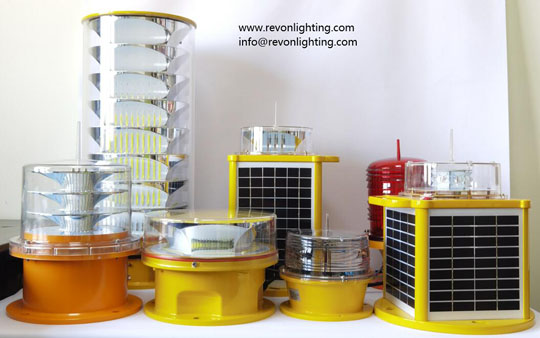Obstruction Marking and Lighting: Enhancing Safety in Aviation
Introduction
Aviation safety is of paramount importance, and it relies on various measures to ensure the well-being of pilots, passengers, and aircraft. Among these measures, obstruction marking and lighting play a vital role in preventing accidents caused by aerial obstructions. This article explores the significance of obstruction marking and lighting systems, their types, and their contribution to aviation safety.
Understanding Obstruction Marking
Obstruction marking refers to the process of visually highlighting obstacles that pose a threat to aircraft operations. It is crucial to identify and mark structures such as tall buildings, towers, chimneys, or wind turbines, which may impede flight paths. By employing visible markings, pilots can quickly recognize potential hazards and adjust their course accordingly.
Types of Obstruction Markings
Various types of obstruction markings are used, depending on the specific scenario and regulations. The most common forms include paint markings, aviation orange and white alternating bands, lighting fixtures, and signage. Paint markings are typically used on rooftops or free-standing structures, while alternating bands are employed on tall structures. Lighting fixtures are primarily utilized during low-light conditions, and signage offers additional visual cues for pilots during daytime flights.

Importance of Obstruction Lighting
Obstruction lighting serves as an additional warning system, ensuring visibility of obstacles during nighttime or low-visibility conditions. These lights come in different colors, including red, white, or combinations thereof, depending on the height and location of the obstruction. Red lights are commonly used for tall structures, while white lights are employed for lower-level obstacles. These lights allow pilots to identify the presence, location, and extent of an obstruction, thereby enabling them to navigate safely.
| obstruction marking and lighting | obstruction marking and lighting |
Types of Obstruction Lighting
There are several types of obstruction lighting systems available. The most widely used include steady-burning lights, flashing lights, and high-intensity lighting. Steady-burning lights remain constantly illuminated, while flashing lights emit brief bursts of light at regular intervals. High-intensity lighting is used for taller structures and provides maximum visibility over longer distances. These lighting options provide clear indications to pilots about the height and position of obstructions, allowing them to make informed decisions.
Advancements in Obstruction Marking and Lighting
With advancements in technology, obstruction marking and lighting systems have become more sophisticated. Light-emitting diodes (LEDs) have replaced traditional incandescent bulbs due to their energy efficiency, longer lifespan, and improved visibility. Additionally, automated monitoring systems can detect failures in lighting or markings, ensuring prompt maintenance and minimizing the risk of accidents caused by faulty equipment.
Conclusion
Obstruction marking and lighting systems are crucial elements in aviation safety, helping pilots identify and avoid potential hazards during flight. By highlighting aerial obstacles through visible markings and lighting, these systems contribute significantly to reducing the risk of accidents caused by obstructions. As technology continues to advance, it is essential to embrace innovative solutions that enhance the effectiveness of obstruction marking and lighting, ultimately making our skies safer for all.